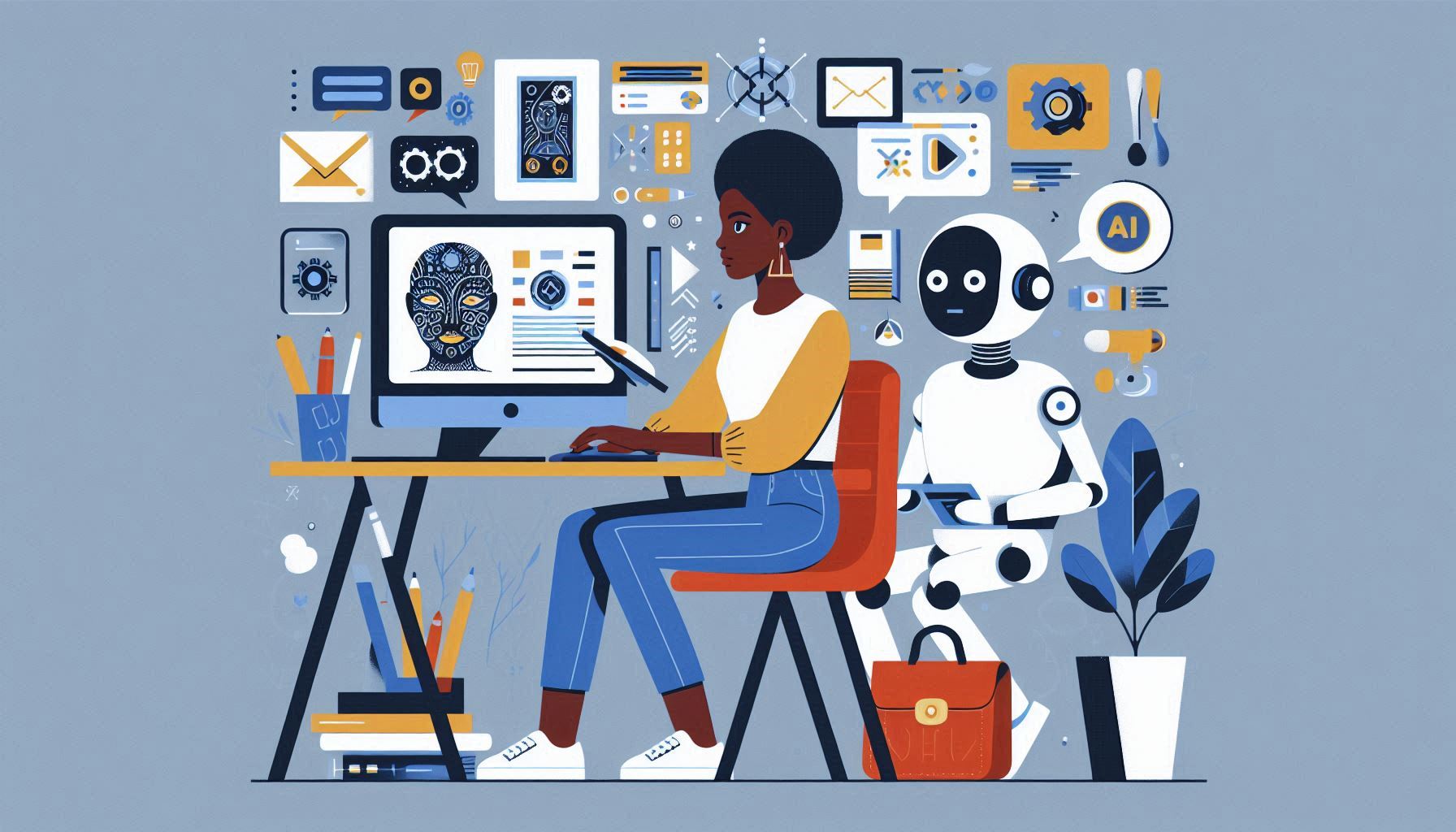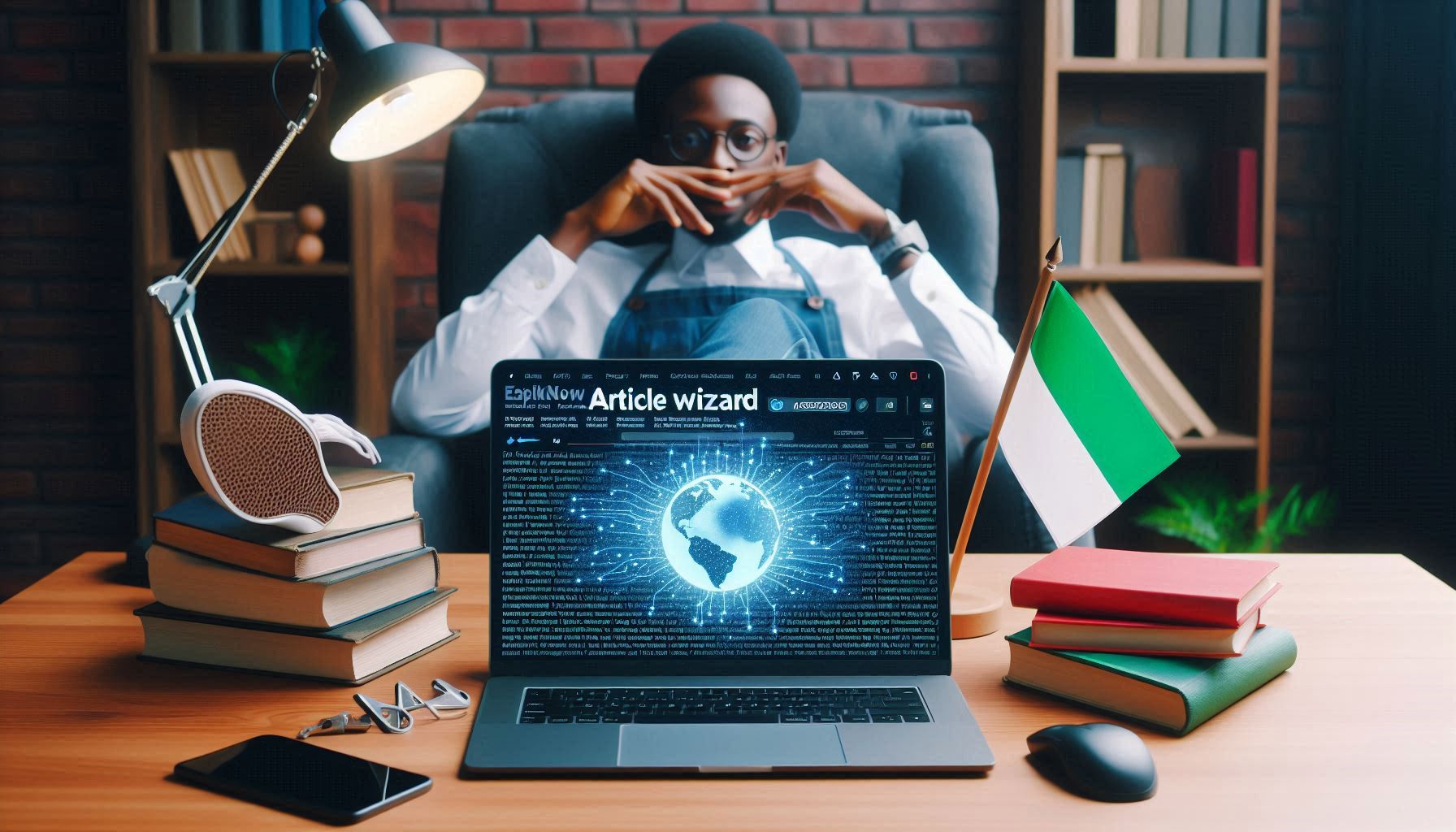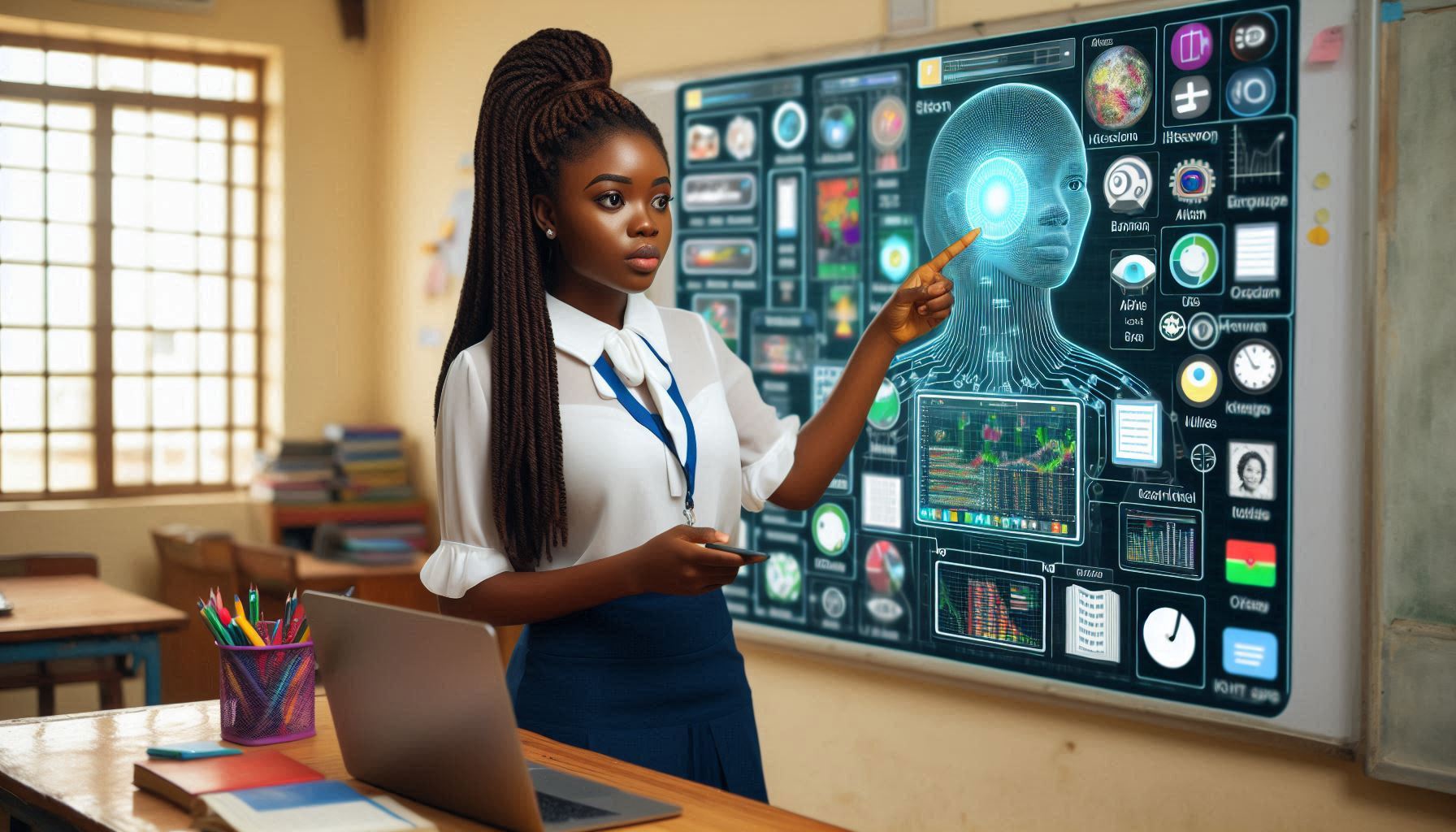
Have you ever thought about how AI is transforming the field of graphic design? In a world where visual content is king, AI is revolutionizing the way designers create, edit, and enhance graphics. This blog post will explore how AI is reshaping graphic design, offering new tools, efficiencies, and creative possibilities.
AI for Graphic Design: Revolutionizing Creativity and Efficiency
Artificial Intelligence is making waves in graphic design, helping designers work smarter, not harder. Let's dive into the various ways AI is being integrated into graphic design, its benefits, and the future possibilities it holds.
AI Tools in Graphic Design
AI-powered tools are becoming increasingly popular among graphic designers. Here are some key tools and their functionalities:
1. Automated Design Tools like Canva and Adobe Spark use AI to simplify the design process. They offer templates and design suggestions based on user preferences, making it easier for non-designers to create professional-quality graphics.
2. Image Enhancement AI tools like Let's Enhance and Adobe Photoshop's neural filters can upscale images, remove noise, and even colorize black-and-white photos. These tools save time and improve the quality of visual content.
3. Logo Creation AI-driven platforms such as Logojoy and Looka generate logos based on user inputs and preferences. They offer various design options and allow users to customize logos effortlessly.
4. Layout and Composition AI helps in automating layout and composition tasks. Adobe Sensei, for instance, can suggest layout changes, align elements, and even balance design compositions, enhancing the overall aesthetic appeal.
5. Typography AI tools like Fontjoy and Prototypo assist in creating and selecting font combinations that work well together. They analyze font characteristics to suggest harmonious typography pairings.
Benefits of AI in Graphic Design
AI brings numerous benefits to the graphic design process, enhancing creativity and efficiency:
1. Time Savings AI automates repetitive tasks, allowing designers to focus on more creative aspects of their work. This increases productivity and enables faster project turnaround times.
2. Consistency AI ensures design consistency by maintaining style guidelines and brand aesthetics. This is particularly useful for large projects with multiple design elements.
3. Enhanced Creativity AI offers new creative possibilities by providing design suggestions and generating unique ideas. It acts as a collaborative tool, sparking inspiration and pushing creative boundaries.
4. Accessibility AI-powered design tools make graphic design more accessible to non-professionals. This democratization of design allows anyone to create visually appealing graphics, regardless of their skill level.
5. Cost Efficiency By automating parts of the design process, AI reduces the need for extensive manual labor. This can lower costs for businesses and clients, making high-quality design more affordable.
The Future of AI in Graphic Design
The integration of AI in graphic design is still in its early stages, but the future holds exciting possibilities:
1. Personalized Design AI will enable hyper-personalized design experiences, tailoring visuals to individual preferences and behaviors. This can lead to more engaging and effective marketing materials.
2. Real-Time Collaboration AI will facilitate real-time collaboration between designers and AI systems. Imagine an AI assistant that can instantly provide design suggestions and adjustments during the creative process.
3. Advanced Image Editing Future AI tools will offer even more advanced image editing capabilities, such as seamless object removal, realistic image synthesis, and intelligent photo manipulation.
4. Predictive Design AI will predict design trends and user preferences, helping designers stay ahead of the curve. This predictive capability will inform design decisions and strategy.
5. Ethical AI in Design As AI continues to evolve, ethical considerations will become paramount. Ensuring AI tools are used responsibly and fairly will be a key focus for the industry.
Conclusion
AI is revolutionizing graphic design, offering new tools and efficiencies that enhance creativity and productivity. From automated design and image enhancement to personalized and predictive design, AI is reshaping the future of visual content creation. By embracing AI, designers can unlock new levels of innovation and deliver stunning visuals with greater ease and speed.

